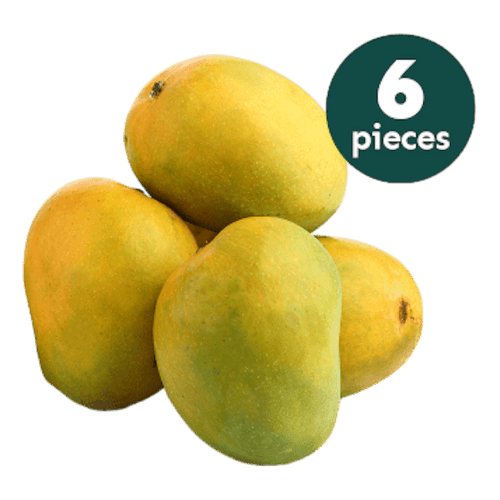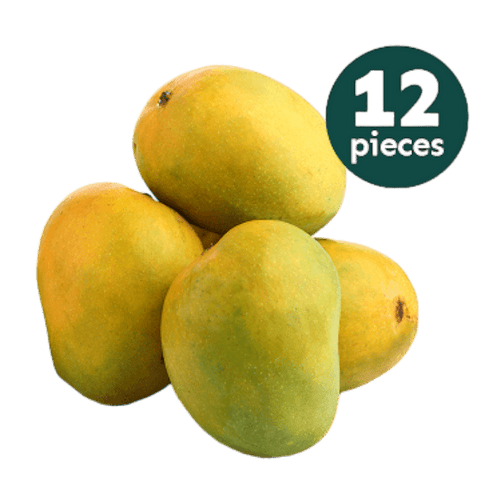
Buy Fresh & Sunkissed Mangoes
Taste South Asia’s best: juicy Indian and Pakistani mangoes—from Alphonso, the king of fruits, and fragrant Kesar to extra-sweet Pakistani varieties.
Your item has been added to the cart

Taste South Asia’s best: juicy Indian and Pakistani mangoes—from Alphonso, the king of fruits, and fragrant Kesar to extra-sweet Pakistani varieties.
7 products







Indian mangoes, especially the famous Alphonso, are known for being incredibly sweet, super aromatic, and simply irresistible. Thanks to the unique combination of climate and soil, they ripen perfectly and develop their characteristic flavor and fragrance.
Gently press the mango: Does it feel a little soft? Does it have a sweet, fruity smell near the stem? That’s a good sign it’s ripe! Alphonso mangoes often turn from green to yellow, but color alone isn’t always reliable. Trust your nose and the slight give when you press it.
Keep unripe mangoes at room temperature until they soften up. Once they’re ripe, you can pop them in the fridge to extend their freshness. But take them out before eating — they taste best at room temperature!
Indian varieties (like Alphonso, Kesar, Badami) often have a creamy texture, a wonderful balance of sweetness and flavor, and an amazing aroma. Pakistani mangoes (like Chaunsa, Sindhri) are super sweet, extra juicy, and generally have a higher sugar content. Honestly, you can’t go wrong with either—just go with whatever you’re craving!
Absolutely! Just cut them into chunks, pop them in a freezer bag or container, and into the freezer they go. Frozen mango pieces are perfect for smoothies and desserts. Keep in mind the texture and taste might change slightly once thawed.
You’ll want to eat ripe mangoes within two or three days because they spoil pretty quickly. Unripe mangoes can last a few days longer until they soften up. It’s always good to gently press them and take a quick sniff to check their ripeness.
In India, the mango season usually runs from March through June, though exact timings can vary by region and variety. That’s when you’ll find the freshest, most flavorful mangoes. Popular types like Alphonso and Kesar make their grand appearance during these months!
Treat yourself to fresh Indian and Pakistani mangoes right now and taste the unparalleled flavor of the tropics — delivered straight to your doorstep!